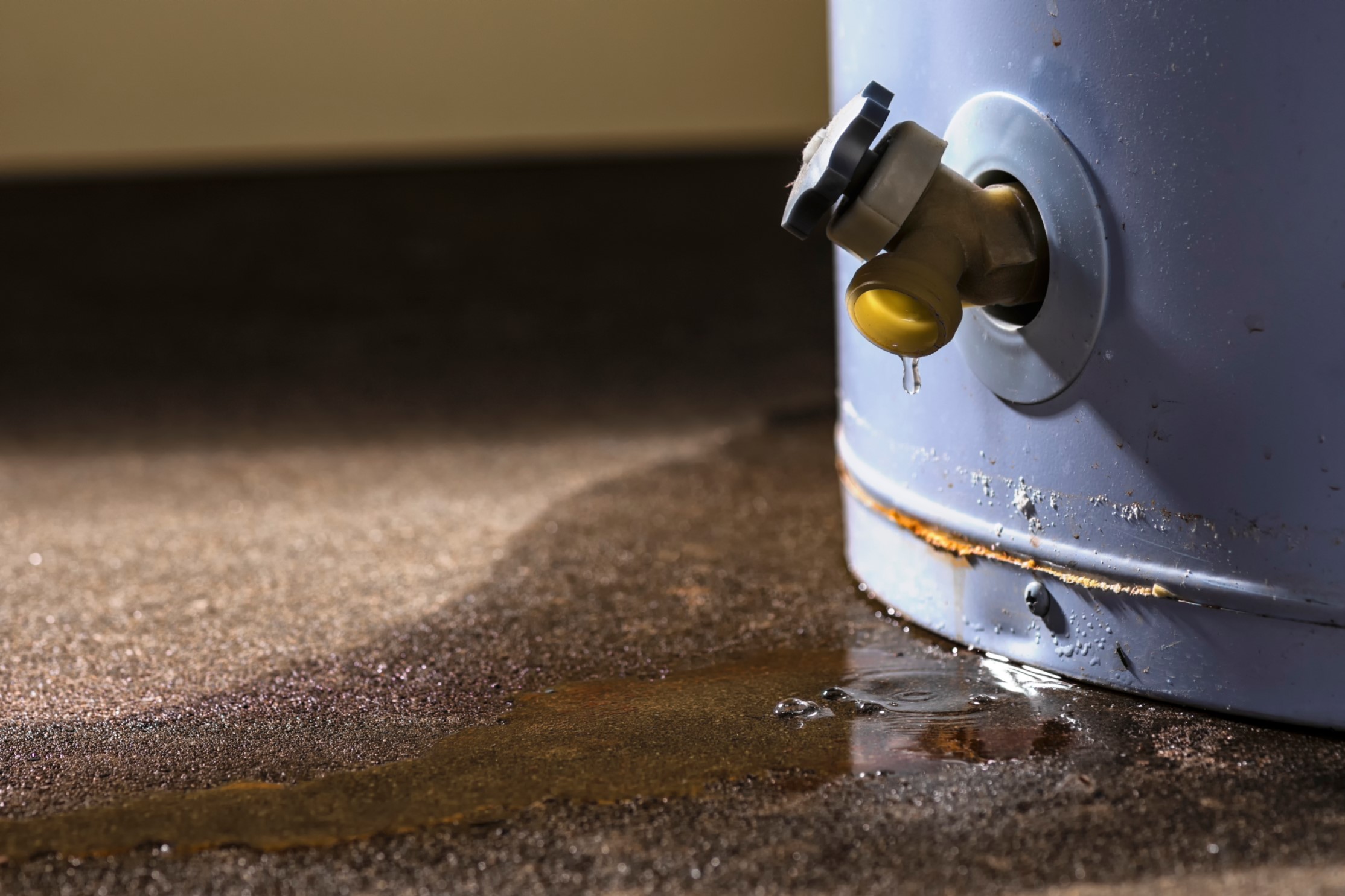Steps to Extend the Life of Your Home's Hot Water System By Maintenance
Steps to Extend the Life of Your Home's Hot Water System By Maintenance
Blog Article
Just about every person will have their unique piece of advice about Tips For Maintaining Your Hot Water Heater.

Warm water is necessary for daily convenience, whether it's for a rejuvenating shower or washing meals. To ensure your warm water system runs effectively and lasts longer, normal maintenance is key. This post offers practical ideas and insights on just how to preserve your home's hot water system to stay clear of interruptions and pricey repair services.
Introduction
Keeping your home's hot water system could seem daunting, however with a few basic steps, you can guarantee it operates efficiently for many years ahead. This guide covers every little thing from comprehending your warm water system to DIY upkeep suggestions and recognizing when to contact professional assistance.
Importance of Preserving Your Warm Water System
Routine upkeep not only expands the lifespan of your warm water system but likewise ensures it operates successfully. Overlooking upkeep can lead to reduced efficiency, higher power bills, and also early failure of the system.
Indications Your Warm Water System Needs Maintenance
Knowing when your warm water system needs attention can protect against significant issues. Keep an eye out for signs such as irregular water temperature, weird sounds from the heater, or corroded water.
Purging the Water Heater
Purging your water heater removes debris buildup, boosting effectiveness and prolonging its life.
Monitoring and Replacing Anode Rods
Anode poles stop corrosion inside the container. Examining and replacing them when worn is essential.
Facility Problems Calling For Expert Help
Instances include significant leaks, electric problems, or if your hot water heater is constantly underperforming.
Routine Expert Maintenance Perks
Professional upkeep can consist of extensive examinations, tune-ups, and guaranteeing conformity with safety criteria.
Inspecting and Changing Temperature Settings
Readjusting the temperature setups ensures ideal efficiency and safety.
Do It Yourself Tips for Upkeep
You can carry out several upkeep jobs yourself to maintain your warm water system in top problem.
Looking for Leaks
On a regular basis inspect pipes and connections for leakages, as these can bring about water damage and higher costs.
Understanding Your Hot Water System
Prior to diving right into maintenance tasks, it's practical to understand the basic elements of your warm water system. Commonly, this consists of the water heater itself, pipes, anode poles, and temperature level controls.
Monthly Maintenance Tasks
Routine month-to-month checks can aid catch minor problems prior to they intensify.
Testing Stress Relief Valves
Testing the stress relief valve guarantees it works correctly and protects against extreme pressure build-up.
Protecting Pipes
Shielding hot water pipelines reduces warm loss and can save power.
When to Call a Professional
While DIY maintenance is beneficial, some issues require professional know-how.
Conclusion
Routine upkeep of your home's warm water system is crucial for performance, long life, and price financial savings. By following these tips and recognizing when to look for expert assistance, you can guarantee a reputable supply of hot water without unexpected disruptions.
How to Maintain an Instant Hot Water Heater
Before tinkering with your hot water heater, make sure that it’s not powered on. You also have to turn off the main circuit breaker and shut off the main gas line to prevent accidents. Also turn off the water valves connected to your unit to prevent water from flowing into and out of the appliance. 2. When you’re done, you have to detach the purge valves’ caps. These look like the letter “T†and are situated on either side of the water valves. Doing so will release any pressure that has accumulated inside the valves while at the same time avoid hot water from shooting out and burning your skin. 3. When the purge valves’ caps are removed, you have to connect your hosing lines to the valves. Your unit should have come with three hoses but if it didn’t, you can purchase these things from any hardware or home repair shops. You can also get them from retail stores that sell water heating systems. Read the user’s manual and follow it to complete this task properly. When the hosing lines are connected, open the purge port’s valves. 4. You should never use harsh chemical cleaners or solutions when cleaning your unit. Make use of white vinegar instead. It should be undiluted and you’ll probably use about 2 gallons. 5. Now flush your water heater. This task should probably take about 40 minutes. We can’t give you specific directions for this because the procedure is carried out depending on the type, model and brand of your heater. With that being said, refer to the user’s manual. 6. When you’re done draining the unit, you have to turn off the purge port valves again. Remove the hosing lines that you earlier installed on each of the water valves. Put the valve caps (purge port) back in their respective places and be very careful so as not to damage the rubber discs that are found inside these caps. 7. Now that everything’s back in place, check your user’s manual again to find out how to reactivate your water heating system. 8. Once it is working, turn one of your hot water faucets on just to let air pass through the heater’s water supply pipes. Leave the tap on until water flows smoothly out of it. https://www.orrplumbing.com/blog/2014/september/how-to-maintain-an-instant-hot-water-heater/

We had been shown that editorial about What Kind of Maintenance Do Water Heaters Need? through a buddy on another web address. Liked our blog posting? Please share it. Let somebody else locate it. I treasure your readership.
Click Here To Find Out More Report this page